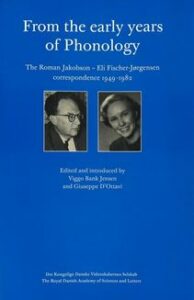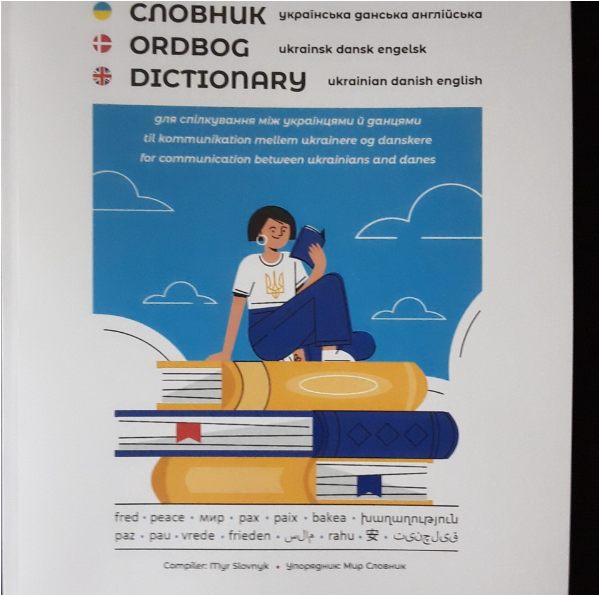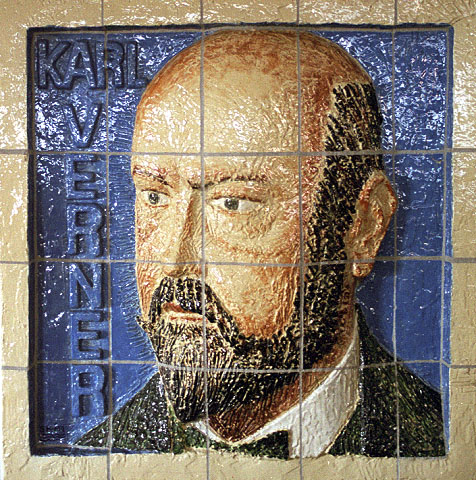Silent letters and consonant pairs in Irish
I’ve had a fascination with Gaeilge, the Irish language, for a long time. Its long words and complicated writing, which together allow for such fun things as fheicfeadh [ɛcətʲ]. Oh! And its consonant mutation, one of the coolest features I think a language can have. Initial consonants changing based on prepositions, adverbs, gender, tenses, and so on. It’s so amazing and interconnected! Add to that, Irish’s long literary history and the modern attempts to save the language from extinction, and I just can’t help but love the language.
But I’m not here to write about any of that. I’m here to write about the Irish consonants, more precisely, the leathana and caola pairs, the two categories that most Irish … ↪






